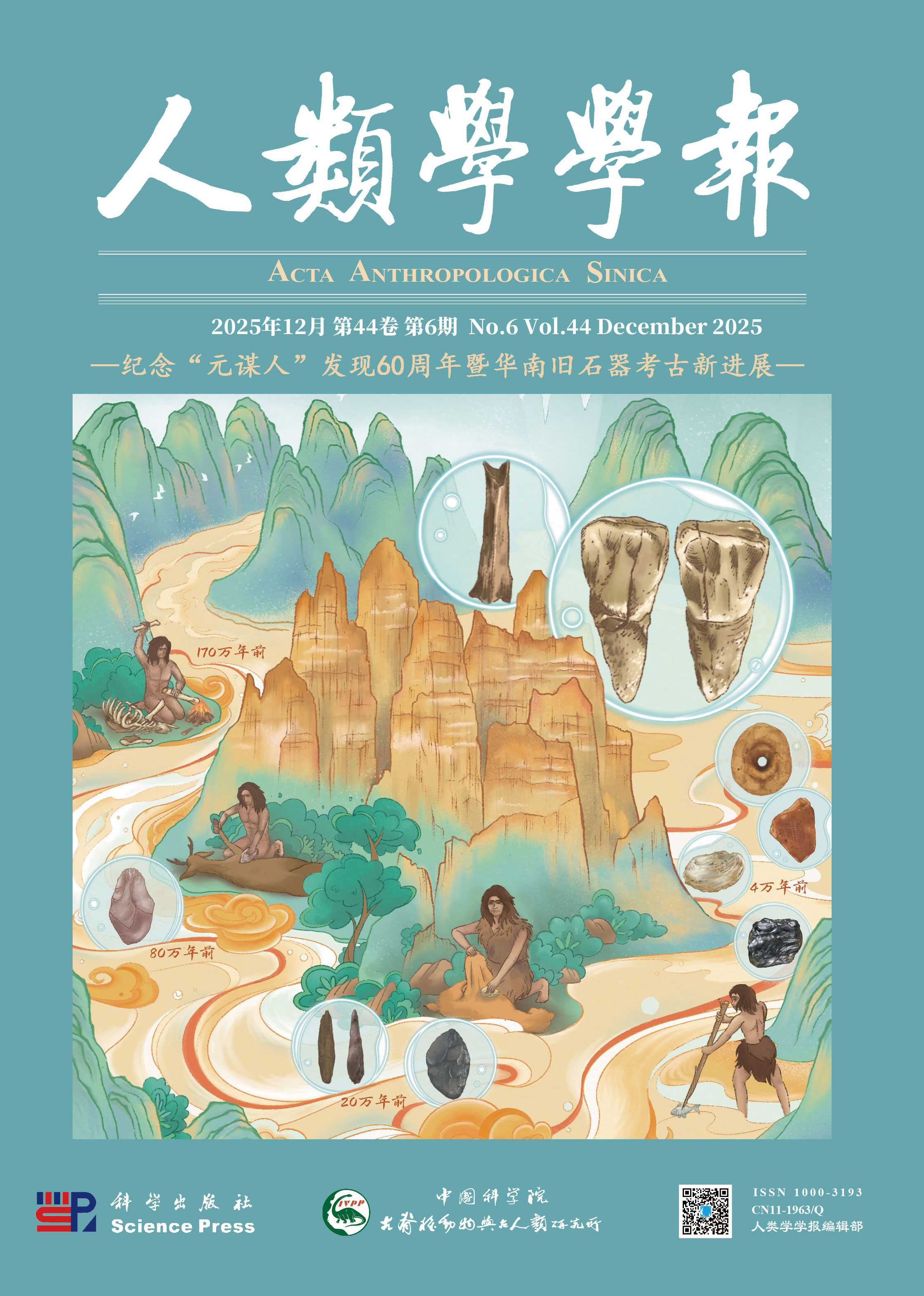Since 2016, several seasons of Paleolithic archaeological surveys in Sanmenxia region, Henan Province, central China have been conducted by a couple of institutes including Henan Provincial Institute of Cultural Relics and Archaeology, the Institute of Vertebrate Paleontology and Paleoanthropology (IVPP, CAS), the Institute of Cultural Heritage of Shandong University and etc. Eight new Paleolithic open-air sites around Zhaikou Reservoir in the middle reach of Hongnongjianhe River within Lingbao Basin were identified from the surveys. 74 lithic artifacts and some fauna fossils were discovered, 47 of which were found in Loess-Palaeosol deposits in the L11, S10, L9, S8 and S5 as well as fluvial deposits, while the rest 27 were collected from the surface near the sections. Paleomagnetic measurements of Caocun Section and Huixinggou Section in Sanmenxia Region demonstrate that the date of L11-S5 ranges from about 0.99 MaBP to 0.48 MaBP. This indicates that stone artifacts uncovered from those deposits are probably dated back to the late early Pleistocene to the middle Pleistocene.
Stone artifacts include cores, flakes, retouched tools, chunks and manuports. The principal raw material is quartzite, followed by vein quartz, quartzite sandstone, chert and so on. All the cores are hard-hammer percussion cores, most of which are single-platform cores. There are also double-platform cores, multi-platform cores and unifacial discoid cores. The majority of the cores suggest a relatively low utilization rate of the blanks, while the discovery of discoid core might show the existence of centripetal flaking strategy in this area. The utilized principal flake knapping method involves the use of a direct hard-hammer percussion with some bipolar technique and projectile percussion. Retouched tools comprise scrapers, choppers, denticulate, handaxe-like tool and notch. Most of them are light-duty tools made on flakes. The handaxe-like tool is similar to those from Shuigou-Huixinggou site in Shanmenxia, indicating a possible existence of Acheulean tradition in Lingbao Basin. Considering lithic technology and typology of the assemblage, it's safe to conclude that there is mainly a core-flake industry, which was widespread in North and Central China during late Early to Middle Pleistocene.
The results of investigations are of great significance for understanding the lithic technology in Lingbao Basin during late early to middle Pleistocene, further expanding the timing and space of Paleolithic artifacts distribution in this area, and also showing great potential for research on the evolution and occupation of early hominin in this area









